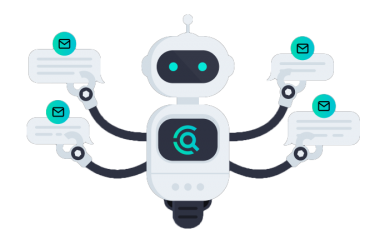
Fatigue hurts an employee’s performance in many ways
Employees are dealing with an unprecedented amount of change since COVID, and they are fatigued of change. To decrease employee fatigue, CIOs should perform four steps, according to Gartner, Inc.
“Any employee is dealing with digital acceleration, staff departures, having to adjust to various working models, and many more workplace disruptions, and they are exhausted,” said Daniel Sanchez-Reina, VP Analyst, Gartner. “When unmanaged, employee fatigue is impacting the success of technological initiatives.”
While many organizations are devising good change management plans and they are implementing culture change where needed, many CIOs do not get the results they want. “This is because they overlook a critical factor, which is change fatigue,” said Sanchez-Reina.
Gartner defines change fatigue as the negative employee response to change (including apathy, burnout, and frustration) that harms organizational outcomes.
“Fatigue hurts an employee’s performance in many ways, including apathy, burnout, and frustration. It also decreases a workers’ ability to make decisions, solve complex problems and communicate,” said Sanchez-Reina.
Gartner advised CIOs to take four steps to reduce change fatigue in their organizations.
Treat Change Fatigue as a Business Issue
Gartner research found that eight out of 10 CIOs don’t make fatigue a regular part of their conversations about business technology initiatives. “Most CIOs only work with business partners to set project timelines and communication plans, and do not consider the employees’ context. Ultimately, they do not address worker fatigue,” said Sanchez-Reina.
CIOs should factor change fatigue into their planning initiatives by adding a fatigue evaluation. It should be arranged as a discussion with business partners. This discussion should include, at a minimum, the level of effort each initiative requires and how to combine the day-to-day with the initiative.
Distribute Change Leadership
Having a single leader who focuses on getting a project, product or initiative done on time, will have little visibility into the cost in worker fatigue.
Gartner advised CIOs to establish a distributed leadership, like assigning overseers and tactical decision-makers dispersed across the organization, who have a closer contact with workers and can change directions when fatigue rises. Distributed leadership also spreads the burden of decision making, another key cause of stress.
Co-Create Execution and Involve Stakeholders
The most successful organizations make decisions about how to execute change with the cooperation of top executives and lower organizational layers. They also involve IT and business stakeholders in change management.
“CIOs should create teams that include technical experts as well as experts from all of the functions that the initiative will touch,” said Sanchez-Reina. “The blend of people with different perspectives will contribute to the cohesiveness of the people involved in the change.”
CIOs should also set guidance for how their teams should do their work, which helps ensure that the multidisciplinary teams share accountability for results and focus on delivering business outcomes, not merely completing a project plan.
- Care About the Emotions of Change
“Since a positive or negative emotional impact builds a positive or negative long-lasting memory in our brain, it is critical for CIOs to create a mental track record of as many positives as possible,” said Sanchez-Reina. “For example, some companies include ‘listening to the drawbacks’ sessions in the change plan, where employees have the chance to openly share their concerns. This initiative replaces the occasional venting moments in the water cooler or vending machine, making those concerns manageable.”




